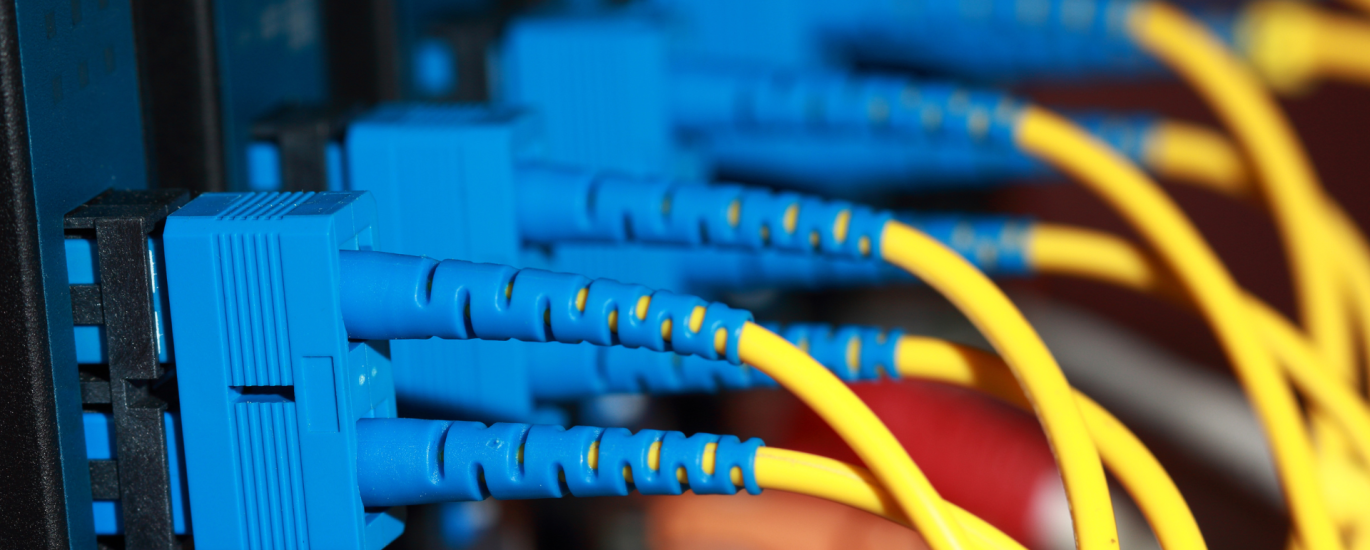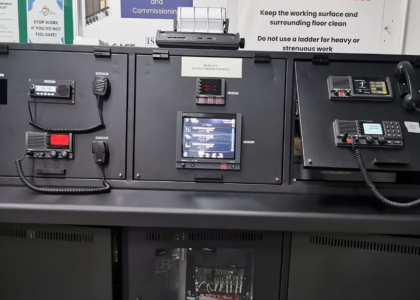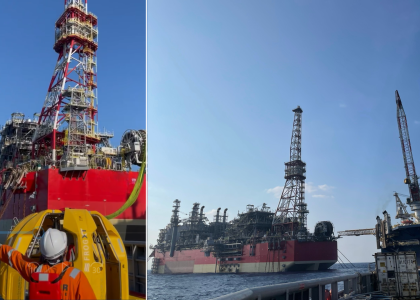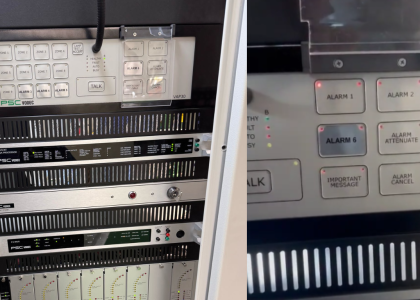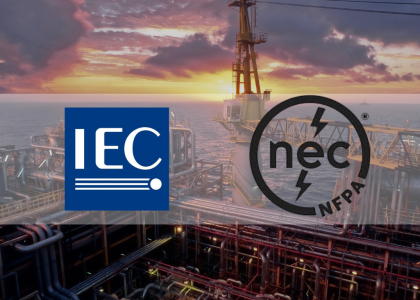Structured cabling for vessels ensure a reliable and efficient communication network. Onboard a maritime vessel, where connectivity is crucial for critical operations, structured cabling plays a vital role in ensuring seamless communication and data transfer.
This guide will explore the importance of structured cabling on board a maritime vessel, the challenges and considerations specific to the maritime environment and the components used.

Importance of structured cabling on board a maritime vessel
In the maritime industry, where vessels operate in harsh and unpredictable conditions, having a robust and reliable communication network is of utmost importance. Structured cabling provides a systematic approach to designing and implementing a network infrastructure that can withstand the challenges of the maritime environment. It ensures efficient data transmission, voice communication, and power distribution throughout the vessel, supporting critical operations such as navigation, security, and crew welfare.
A well-designed structured cabling system on board a maritime vessel offers several key advantages. Firstly, it provides scalability, allowing for easy expansion and modification as the vessel’s communication needs evolve. Secondly, it ensures flexibility by enabling multiple devices and systems to be interconnected seamlessly, regardless of their location on the vessel. Lastly, structured cabling enhances the overall reliability and performance of the network, minimizing downtime and maximizing operational efficiency.
Challenges and considerations for structured cabling in a maritime environment
Implementing structured cabling on a maritime vessel poses unique challenges and requires careful consideration of the maritime environment. Vessels face constant movement, vibrations, temperature variations, and exposure to saltwater, all of which can impact the performance and longevity of the cabling system. Therefore, it is crucial to select cables, connectors, and enclosures that are specifically designed and certified for maritime applications.
Additionally, space constraints and the need for cable routing flexibility must be taken into account during the design phase. Since maritime vessels have limited space available, it is essential to plan the cable pathways and distribution points efficiently. The cabling system should be designed to minimize the risk of physical damage and ensure easy access for maintenance and upgrades. Furthermore, compliance with international maritime regulations, such as the International Maritime Organization (IMO) standards, is necessary to ensure the safety and reliability of the cabling system.

Components of a structured cabling system on board a maritime vessel
Patch panels and cabinets
Patch panels serve as the central connection point for cables, allowing for easy management and organization. Cabinets house the active equipment and protect them from environmental hazards.
Cable pathways
Cable pathways, such as conduits and trays, provide a protected route for cables throughout the vessel. They ensure proper cable management and prevent damage due to movement or external factors.
Ethernet switches
Ethernet switches connect multiple devices and systems within the vessel, facilitating data transfer and communication. They play a critical role in establishing a reliable network infrastructure.
Fiber optic cables are widely used in maritime vessels due to their high bandwidth capabilities and immunity to electromagnetic interference. They are ideal for long-distance communication and support high-speed data transmission.
Copper cables
Copper cables, such as twisted pair cables, are commonly used for shorter distance communication within the vessel. They are cost-effective and offer reliable performance in less demanding applications.
Coaxial cables
Coaxial cables are used for applications that require high-frequency signal transmission, such as video surveillance and satellite communication. They offer excellent shielding and minimize signal loss.
Get the Right Team
In today’s digital age, where connectivity is paramount, investing in a reliable structured cabling system is crucial for maritime vessels. A well-designed and implemented structured cabling infrastructure ensures seamless communication, supports critical operations, and enhances overall efficiency. To ensure a successful implementation, it is recommended to engage professional structured cabling services that specialize in maritime installations.
Team Vivo Asia is skilled and experienced in designing and installing a reliable structured cabling system on board a maritime vessel.






